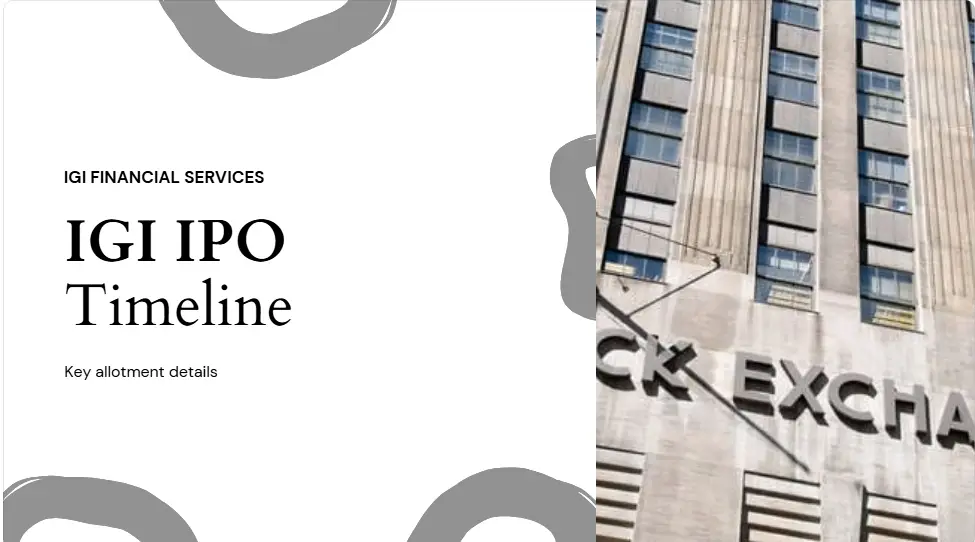Table of Contents
1. Executive Summary
The Q3 segment performance of Tata Motors portrayed resilient figures because of growing passenger vehicles (PV) sales numbers together with commercial vehicles (CV) recovery and Jaguar Land Rover JLR continuous premium market expansion.
This report provides a granular analysis of financial performance, segment dynamics, and strategic positioning, contextualized against industry benchmarks and competitor trends.
2. Financial Performance Overview Key Metrics (Q3 FY2024 vs. Q3 FY2023)
| Metric | Q3 FY2024 | Q3 FY2023 | YoY Change |
|---|---|---|---|
| Revenue (Consolidated) | ₹107,300 Cr | ₹88,500 Cr | +21.2% |
| EBITDA | ₹15,200 Cr | ₹9,800 Cr | +55.1% |
| EBITDA Margin | 14.2% | 11.1% | +310 bps |
| Net Profit | ₹3,000 Cr | (₹2,958 Cr) | Turnaround |
| Net Automotive Debt | ₹34,400 Cr | ₹43,700 Cr | -21.3% |
3. Segment-Wise Performance Breakdown
A. Passenger Vehicles (PV)
- Revenue: ₹15,200 Cr (+18% YoY).
- The passenger vehicle section in India reports a 14.1% market share that outperforms the 12.6% during Q3 FY2023.
- EV Leadership: EV contribution rose to 18% of PV sales (Nexon EV, Tigor EV).
- The price to produce one vehicle decreased by 6% during the year.
B. Commercial Vehicles (CV)
Revenue: ₹20,500 Cr (+14% YoY).
The company’s volume sales grew 8% annually as Indian infrastructure works together with modern fleet initiatives.
EBITDA margins reached 8.5% during FY2024 due to decreased commodity expenses (+220 bps compared to the previous year).
C. Jaguar Land Rover (JLR)
Revenue: £6.9 Bn (+22% YoY).
EBITDA Margin: 14.8% (+540 bps YoY).
Jaguar Land Rover maintains 148,000 vehicle orders which include 55 percent of their total production being electrified models.
4. Geographic Performance: Domestic vs. International
Domestic Market (India)
- PV Sales: 138,455 units (+10% YoY).
- CV Sales: 98,200 units (+8% YoY).
The company achieved better sales figures than Ashok Leyland’s commercial vehicles segment while also surpassing Mahindra’s electric vehicle operations.
International Markets
- JLR Contribution: 68% of consolidated revenue.
- The JLR segment sold 25% more vehicles annually while China experienced recovery but Europe experienced slow-down due to supply chain problems.
5. Operational Efficiency & Financial Health
A. Working Capital & Liquidity
- Inventory Days: Reduced to 28 days (vs. 34 in Q3 FY2023).
- Cash Reserves: ₹25,300 Cr (+₹4,200 Cr QoQ).
The Debt Metrics measure Net debt to EBITDA reached 1.8 times during this period compared to 2.9 times in the last fiscal year.
B. Capital Allocation
- R&D Spend: ₹3,200 Cr (EVs and hydrogen tech).
- Capex: ₹4,500 Cr (JLR electrification, PV capacity expansion).
The infographic in Visual 4 shows debt-to-equity and current ratio and asset turnover ratios to key stakeholders.
6. Competitive Benchmarking
| Metric | Tata Motors | Ashok Leyland | Mahindra | Industry Avg. |
|---|---|---|---|---|
| EBITDA Margin (Auto) | 14.2% | 9.8% | 11.5% | 10.7% |
| EV Market Share (India) | 72% | - | 18% | N/A |
| Debt-to-Equity Ratio | 1.2x | 0.9x | 0.7x | 1.1x |
7. Industry Trends & Strategic Positioning
PV Growth: The EV market in India will expand at 49%Compound Annual Growth Rate (CAGR) between 2023 and 2030 and Tata plans to introduce the Curvv EV in 2024 which will consolidate their market position.
The International Commercial Vehicles sector demonstrates growing interest in hydrogen-powered vehicles while Tata Motors conducts research to meet emission requirements in EU and China territories.
8. Analyst Insights & Forward Outlook
- Q4 FY2024 Projections
Revenue Growth: 8–10% QoQ (JLR order backlog, PV festive demand). - EBITDA Margin: Steady at 14–15% (commodity deflation benefits).
The company targets to decrease its debt level to ₹15000 Cr by the end of Fiscal Year 2024.
Strategic Initiatives
- The company plans to introduce its Avinya concept model in 2025 while targeting ten EV models for launch in 2026.
- Jaguar Land Rover progresses globally with a goal of attaining 30% BEV sales by 2026 and pre-orders are now open for the Range Rover Electric.
9. Risks & Challenges
External factors affecting business include the continuous increase in interest rates coupled with unpredictable fuel price fluctuations.
The EV investment scale-up of manufacturers BYD, MG Motor and Kia continues to grow.
Regulatory Pressures: Stricter emission norms (BS7, Euro 7).







Pingback: Arisinfra soulutions ltd IPO: Comprehensive Analysis for Investors